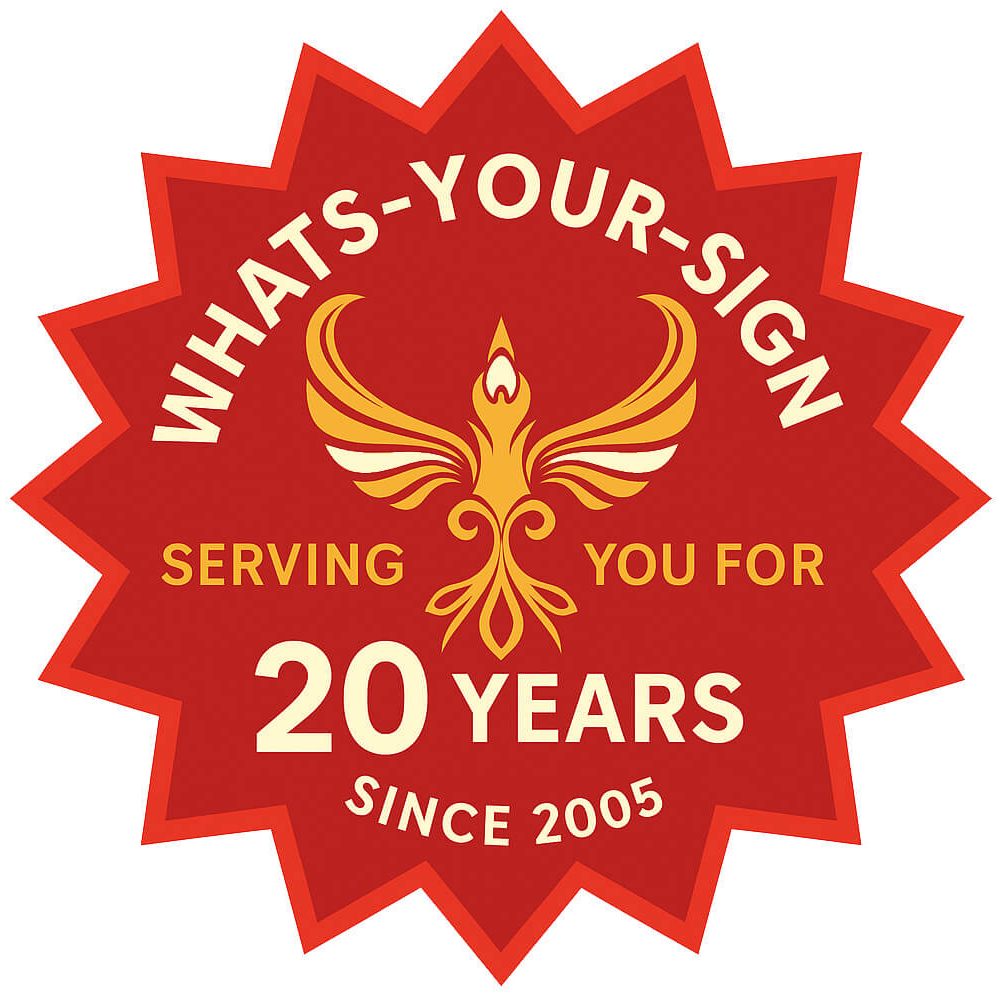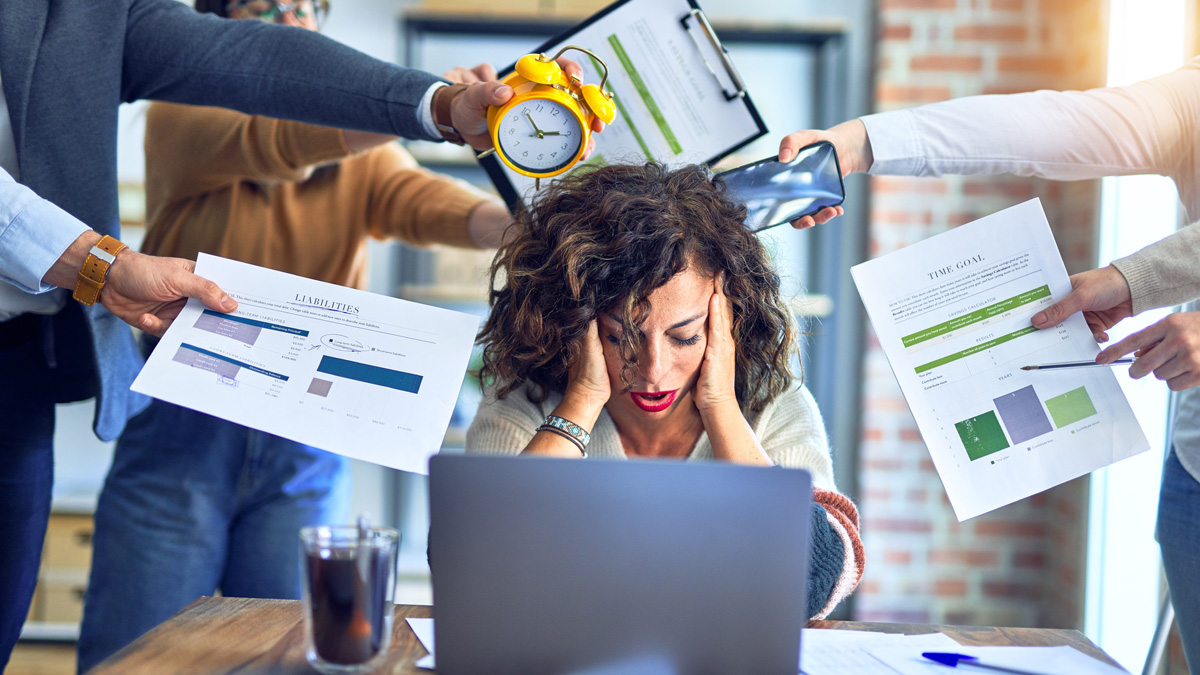Last Updated on August 10, 2023 by Avia
In many ways, your career can positively influence your life. After all, it provides you with finances to maintain a certain standard of living, and your job may tie into your personal interests. However, this isn’t to say that the workplace’s impact on you will always be good.
Particularly if you have a relatively sedentary job — in which you’re largely seated and stationary — your career can create physical and mental health risks. It’s also not unusual for this type of work to result in low energy levels.
The good news is that you cannot do anything about this issue. By gaining a little knowledge and adopting some intentional actions, you can address the potential for health challenges and energy drain in the workplace.
Table of Contents

Get to Know the Risks and Causes
Effectively combating health risks and energy drain in the workplace requires a solid knowledge base. By taking the time to better understand the causes and risks of health challenges and energy drain at work, you can make more informed decisions about the most appropriate route forward for you.
Firstly, there are some key health risks that are closely connected with sedentary working practices. The tendency to sit a lot and be physically inactive may trigger or exacerbate cardiovascular diseases and diabetes. Adopting poor posture at your desk can also result in musculoskeletal disorders and decreased endurance due to the impact on muscle strength. Combatting these risks often involves disrupting the root causes of them. For instance, adopting regular step challenges can mitigate cardiovascular problems related to inactivity. Standing desks and stretch reminders may address the roots of musculoskeletal issues.
With relation to energy drain, there can be myriad influencers of this in sedentary jobs. Certainly, exercise and activity tend to release endorphins that boost energy levels, which is something these jobs lack. Importantly, there are also mental wellness influencers of energy. An absence of satisfaction in your working life could see you feeling sluggish. You may even find that the surroundings you work in are mentally draining, either from drab decorations, a lack of natural sunlight, or noise from colleagues or phones.
Every workplace is different. It’s worthwhile to take a little time to regularly assess your approach to work and the influences you’re surrounded by. Identifying the most likely causes of health hazards and energy drain can empower you to take practical steps that meet your needs and circumstances.

Be Mindful of Burnout
Burnout has become a common topic of discussion when it comes to energy drain and health risks in the workplace. More people — including medical professionals — are starting to recognize how disruptive elements such as overwork and negative professional environments can be on mental wellness. While employers themselves have a duty of care to take steps that minimize burnout, you may find the initial onus for action falls to you. Therefore, it’s vital to be mindful of what burnout looks and feels like, how it arises, and what you can do about it.
It should come as no surprise that prolonged feelings of burnout are among the key causes of energy loss. Alongside illness, lack of physical exercise, and other elements, this relentless chronic stress in the workplace is cited as influencing low energy and motivation. Importantly, burnout can lead to further issues if left unaddressed, with fatigue, depression, and physical effects of stress not uncommon. You can take certain steps to increase energy and motivation through your experiences of burnout, such as ensuring you take regular breaks, getting adequate sleep, and adopting meditation and mindfulness routines.
However, these are more often ways to address some burnout symptoms. You may find that they lack long-term impact. This is because the root causes of the condition are related to the features of the company you work for rather than the steps you’re taking. Toxic levels of pressure to meet unrealistic targets and put your job first can push you to breaking point. Managers that insist on overtime or unrealistic project deadlines are putting additional strain on your mental well-being. Even if you take a long staycation to recharge, these elements will be waiting for your return.
Therefore, one of the most empowering things you can do to address burnout and mitigate the mental wellness and low energy impacts is to assess your job. Identify the components that are particularly toxic or are sources of unnecessary stress. Take the time to talk to your managers or human resources (HR) representatives about these to affect organizational change. If you find that your employers aren’t open to these adjustments, it may be the case that looking for a new and more positive employer is your most healthy option.

Adopt Supportive Routines
There are targeted steps you can take to address specific influencers of poor health and low energy in the workplace. However, it’s also important to have a solid foundation from which to build these from. One of your most positive actions can be to adopt a range of healthy routines that are conducive to energy and well-being. By being intentional with your mind and body wellness, you can strengthen your overall health and gain the framework to make more targeted changes.
In your daily life, you can focus on actions that reduce tiredness and boost your health if you adopt them regularly. This may include small adjustments to your diet, such as swapping chips for vegetables and dip. Remaining active, perhaps taking a morning run and afternoon walk, can also increase your energy levels. Good hydration is essential, too. So, ensure you frequently drink water rather than coffee or soda.
It’s also worth establishing some routines and tools that you can incorporate into your daily work schedule. Switching between standing tasks and sitting tasks every hour or so can help reduce the sluggishness of a sedentary job. Exposure to blue light has also been linked to eyestrain and poor-quality sleep. Therefore, requesting a blue light filter for your laptop screen or using spectacles with blue light filtering lenses may be helpful.

Conclusion
Unfortunately, health risks and energy drain are a reality for many people with sedentary jobs. It’s important to understand the risks and their causes well so you can make more informed decisions. It’s also wise to be mindful of how common burnout can be and how workplace features impact your energy and wellness. In addition, adopting a range of general energy and health-boosting routines can empower you to act against serious issues.
Remember, though, that it’s important to focus on your work life’s mental and physical impact. Often, your personal life can impact working experiences and vice versa. Take the time to explore where you can improve all areas of your life, and you may gain more holistic benefits.
About the Author: Ainsley Lawrence is a writer who loves to talk about good health, balanced life, and better living through technology. She is frequently lost in a good book.











